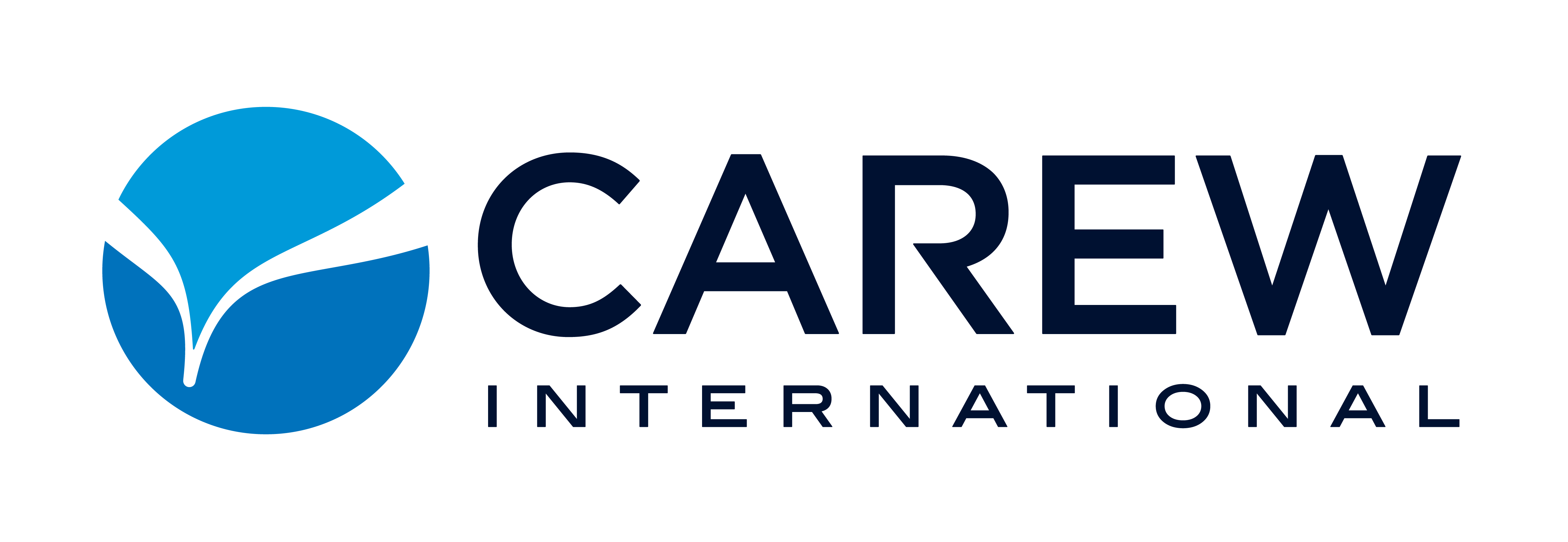ef·fec·tive – producing a decided, decisive, or desired effect
com·mu·ni·ca·tion – a process by which information is exchanged between individuals through a common system of symbols, signs, or behaviors
Put them together, and that seems simple enough, right? Ah, not so fast!
The Society for Human Resource Management surveyed 400 companies with 100,000 employees each and found that companies lost an average of $62.4 million annually because of inadequate communication with and among employees.
$62.4 million – that’s a substantial amount of money! Just imagine the potential for recovering such funds by enhancing communication within organizations (pssst, we can help with this!). Effective communication is truly a two-way process. It requires the ability to convey information, ideas, thoughts, and feelings clearly and concisely so that the message can be understood. But equally important is the art of active listening, attentively perceiving both verbal and non-verbal cues, and offering appropriate responses.
In a recent article by Fast Company, Sara Sabin, an executives and entrepreneurs coach, shares 6 mistakes that sabotage great communication, and I give it a little Carew spin. After all, Carew’s training content is built upon the foundational principles of positive relationships, productive communication, simplicity, and excellence – this is sort of our specialty!
Mistake #1 – Overcomplicating things to make yourself look “smart.”
Sabin encourages the professionals she coaches to refrain from speaking as if reciting a textbook, stating that complexity can hide a lack of clarity.
Carew Pro Tip – Be concise. Conveying your message clearly and succinctly, avoiding unnecessary details, and focusing on the key points help maintain the recipient’s attention and facilitate understanding.
Mistake #2 – Communicating without a clear structure.
Sabin suggests working backward from the main takeaways you want your audience to have and building your communication around those points.
Carew Pro Tip – Structure your messaging to be clear, well-organized, and easy to understand. Avoiding jargon, using simple language, and structuring the information logically can enhance clarity.
Mistake #3 – Assuming that saying something once is enough.
Sabin states that the more important the communication, the more important it is to repeat it regularly so that it becomes integrated.
Carew Pro Tip – Our training programs use a philosophy derived from the military. “Tell them what you are going to tell them, tell them, tell them what you told them.” Use this method and use it often.
Mistake #4 – Not taking responsibility for how a message is understood.
Sabin stresses that communicators are responsible for ensuring their listeners understand the message.
Carew Pro Tip – Be adaptable. Your communication approach will change based on the situation, recipient, and their specific needs.
Mistake #5 – Communicating only one way.
Sabin says that communicating a message through multiple channels increases the chances of the message landing.
Harvard business professor Tsedal Neeley conducted a study and found that those managers who sent a message multiple times and through different media got their projects completed more smoothly and in a more timely fashion than those who did not.
Carew Pro Tip – Get to know your people. Understand how they prefer to receive communication and how best they retain information that is being shared with them. When you take time to know people, you can personalize your communication approach.
Mistake #6 – Not showing empathy.
Sabin expresses that this is especially important when delivering a controversial or difficult message.
Carew Pro Tip – Understanding the other person’s perspective, emotions, and needs is critical to effective communication. This allows you to connect, show respect, and build trust, ultimately leading to more meaningful interactions.
As mentioned above, productive communication is a foundational principle on which Carew’s training content is built. Our LAER: The Bonding Process® model is a simple, defined, and repeatable communication process that allows you to fully understand the needs, perspectives, and challenges of those you are communicating with. This proven model is a cornerstone of our training programs.
I LOVE this model because it can be applied to all facets of one’s life. I can use this model when communicating with my boss, colleagues, and clients. But I can also use it when communicating with my 3-year-old daughter and husband – it helps overcome resistance, diffuses anger, uncovers additional opportunities, and allows me to build trust and credibility.
Enhancing your communication skills is crucial for success in business and various life aspects. Effective communication empowers you to proficiently express information, build relationships, resolve conflicts, and ultimately attain your desired outcomes. Cultivating strong communication skills is an absolute must!

